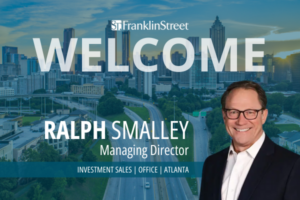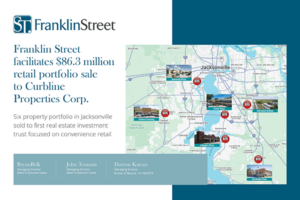Speedy funding of a loan is often critically important when investors spot an opportunity to pick up a distressed asset at a great price. To close the deal, they need to move fast.
For mortgage originators looking to help those investors find financing, the best option is often a bridge loan, which can give a developer and/or buyer the ability to close fast with flexible terms and pricing that still allows the project to pencil out. Having an understanding of how a bridge lender looks at a project and how those lenders differ from conventional commercial lenders can be a big advantage as originators and borrowers work through the bridge-loan process.
For borrowers, a key to success is working out a bridge-loan structure that fits with the cash flow that their property is expected to produce and still gives them the flexibility to implement their business plans. Bridge loans can be structured with capitalized interest during renovation and are typically nonrecourse to the borrower. Loan-to-value/cost can be as high as 90 percent to 100 percent, terms usually range from one to three years, and payments are typically interest-only.
Benefits of due diligence
Bridge lenders are eager for business, and there are attractive deals out there for investors that have indentified the right properties. But there’s also great demand for bridge loans, and it gives potential borrowers a big advantage if they have done as much legwork as possible before presenting a project to a lender.
Historical information is helpful, including rent rolls, copies of leases, profit-and-loss statements and appraisals. This information may not paint a nice picture of the “as is” asset, but it can show the lender where opportunities exist on a mismanaged or neglected property.
When complete packages are presented to the lender — including pro forma financials, a history of the assets, borrower experience and renovation budgets — borrowers have a much better chance of differentiating their projects from others.
Pro forma financial projections should include loan assumptions, drawdown schedules for renovations, rent-rate assumptions and projected vacancy levels. Renovation budgets should show as much detail as possible and will carry more weight if a contractor’s quote also is provided. There is no minimum level of initial cash flow required, but the assumptions should be market-level and achievable. If lenders can easily see the value in a deal, there is a good chance they will invest the time and energy required to move forward with a term sheet and a successful
financing.



